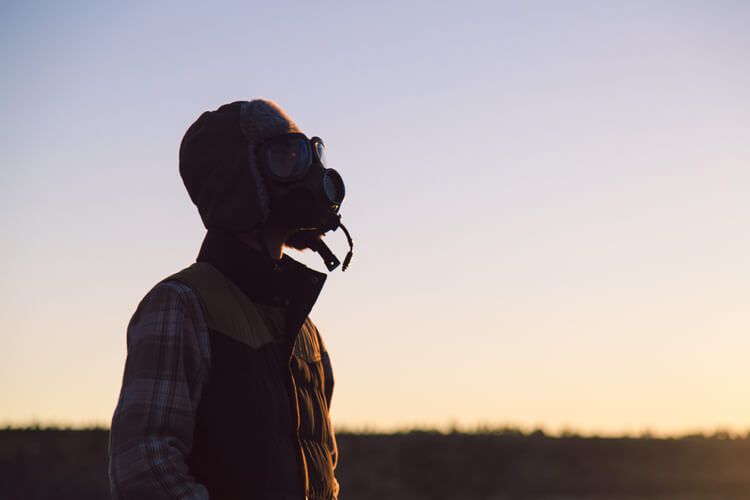Symptoms of Stachybotryotoxicosis
In the late 1930s, stachybotryotoxicosis was reported in humans working on farms in Russia. People who were affected are those who handled hay or feed grain infested with S. chartarum.
Some of the individuals who were infected had burned the straw or even slept on straw-filled mattresses that had rampant growth of Stachybotrys chartarum. The infested straw can be described as black in color from growth of the fungus.
Common Symptoms
Common symptoms in humans that have stachybotryotoxicosis are rashes – especially in areas subject to perspiration, dermatitis, pain and inflammation of the mucous membranes of the mouth and throat, conjunctivitis, a burning sensation of the eyes and nasal passages, tightness of the chest, cough, bloody rhinitis, fever, headache, and fatigue.
The workers who were infected developed symptoms within two to three days of exposure to the fungus. Some members of the Russian teams investigating this disease rubbed the fungus onto their skin to determine its direct toxicity.
The fungus induced local and systemic symptoms similar to those observed in naturally occurring cases.
Mold in the Media
It was seen in recent years that a cascade of reports about toxic molds was constantly seen in the national media. The New York Times Magazine, August 12, 2001 issue, ran a front page story on toxic mold.
Television news shows have run entire programs on Stachybotrys contamination of homes to alert the public and educate them on how dangerous these molds can be. Because of the sudden media coverage of this fungus, it has resulted in multimillions of dollars of litigations.
It also caused a lot of problems for homeowners and building managers who must deal with the human issues related to mold.


13 comments